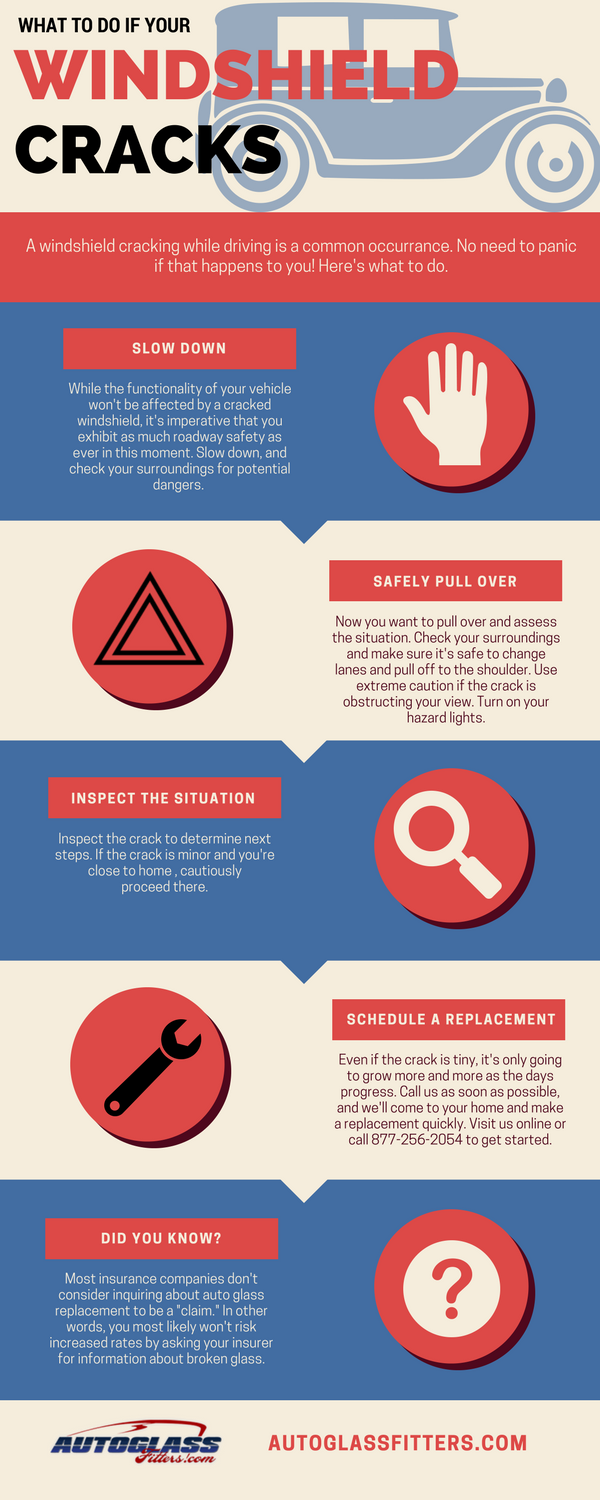Understand The Essential Pressure Washing Strategies Tailored For Each Sort Of Surface Area To Create Impressive Results-- Disclose The Keys To A Beautiful Surface
Understand The Essential Pressure Washing Strategies Tailored For Each Sort Of Surface Area To Create Impressive Results-- Disclose The Keys To A Beautiful Surface
Blog Article
Produced By-Stone Hodges
When it pertains to push washing, the method you pick can make all the difference in achieving a tidy, streak-free surface. You might locate that hard surface areas, like concrete, call for a different technique than softer products, such as wood or vinyl. It's vital to adapt your methods to the surface area kind to avoid damage while making the most of cleansing efficiency. So, what are the most effective techniques for every surface, and just how can you guarantee you're using the ideal setups and devices for the job? Let's explore what you need to understand to get the most effective results.
Difficult Surface areas
When it involves pressure washing hard surfaces, prep work is vital. Before you also consider taking out the stress washer, make the effort to clear the location of any type of debris, furniture, or challenges. You do not desire anything getting in your method or possibly damaging your devices.
Next, check the surface area for any type of splits or damage; this will assist you identify the best technique and pressure setups.
Once you have actually prepared the area, it's necessary to select the ideal nozzle. For hard surface areas like concrete or block, a narrow nozzle (15 or 25 levels) functions best to give a focused stream of water that can efficiently get rid of crud and stains. Constantly start at a distance and gradually relocate better to avoid any surface area damage.
As you begin cleaning, maintain the stick transferring to avoid touches and over-saturation. It's likewise valuable to work from the top down, permitting dirt and debris to remove naturally.
Ultimately, remember to rinse pressure washing prices per square foot commercial after cleaning up to get rid of any type of leftover detergent. With these strategies, you'll accomplish a clean and refreshed appearance on all your hard surface areas.
Soft Surfaces
Stress washing soft surfaces requires a gentler strategy to safeguard them from damage. Whether you're cleansing your deck, outdoor patio furniture, or exterior siding, making use of excessive pressure can lead to damages, scratches, or even irreparable damage.
Beginning by picking a low-pressure nozzle, ideally a 25-degree or wider spray pattern, to disperse the water much more gently.
Prior to you begin, it's vital to pre-treat any stains with an ideal cleansing solution. This step permits the cleaner to pass through the dust and crud, making it simpler to remove without rubbing too hard.
Always use the option from the bottom approximately stop streaking.
When you start stress washing, preserve a range of at the very least 12 to 18 inches from the surface. Relocate your stick in a sweeping activity, keeping it parallel to the surface area to avoid focused pressure on one area.
Rinse the location completely after cleansing to remove any type of residual cleaner.
Last but not least, check the surface for any kind of missed spots and duplicate the process if necessary. By following these actions, you can successfully tidy soft surface areas while preserving their stability and appearance.
Specialized Surfaces
Cleaning soft surfaces requires treatment, but specialized surfaces demand much more focus to detail. When you tackle these surface areas, like fragile timber, discolored concrete, or certain types of exterior siding, using the best stress washing strategies is critical to avoid damage.
First, examine the product. For example, dealt with timber can typically withstand modest pressure, however softer timbers like cedar may require a reduced setting. Constantly start with the lowest pressure and slowly boost if required.
For discolored concrete, make use of a fan spray nozzle and keep a consistent range to avoid etching the surface.
When taking care of surface areas like plastic house siding or painted surfaces, a broad spray pattern assists disperse the pressure uniformly, securing the surface.
It's additionally important to use cleaning agents especially made for specialty surfaces. They can improve cleansing without compromising the material.
Wash thoroughly after washing to remove any type of residue, as it can result in staining or wear and tear gradually.
Suggested Online site
To conclude, mastering pressure cleaning techniques for different surfaces can make all the distinction in your cleansing outcomes. For hard surfaces, adhere to narrow nozzles and a top-to-bottom strategy, while soft surface areas require a gentler touch with wider nozzles. Don't forget to pre-treat stains and rinse completely to avoid residue. By adapting your techniques to each material, you'll not only achieve a cleaner surface but also shield the stability of your surface areas. Delighted cleansing!
